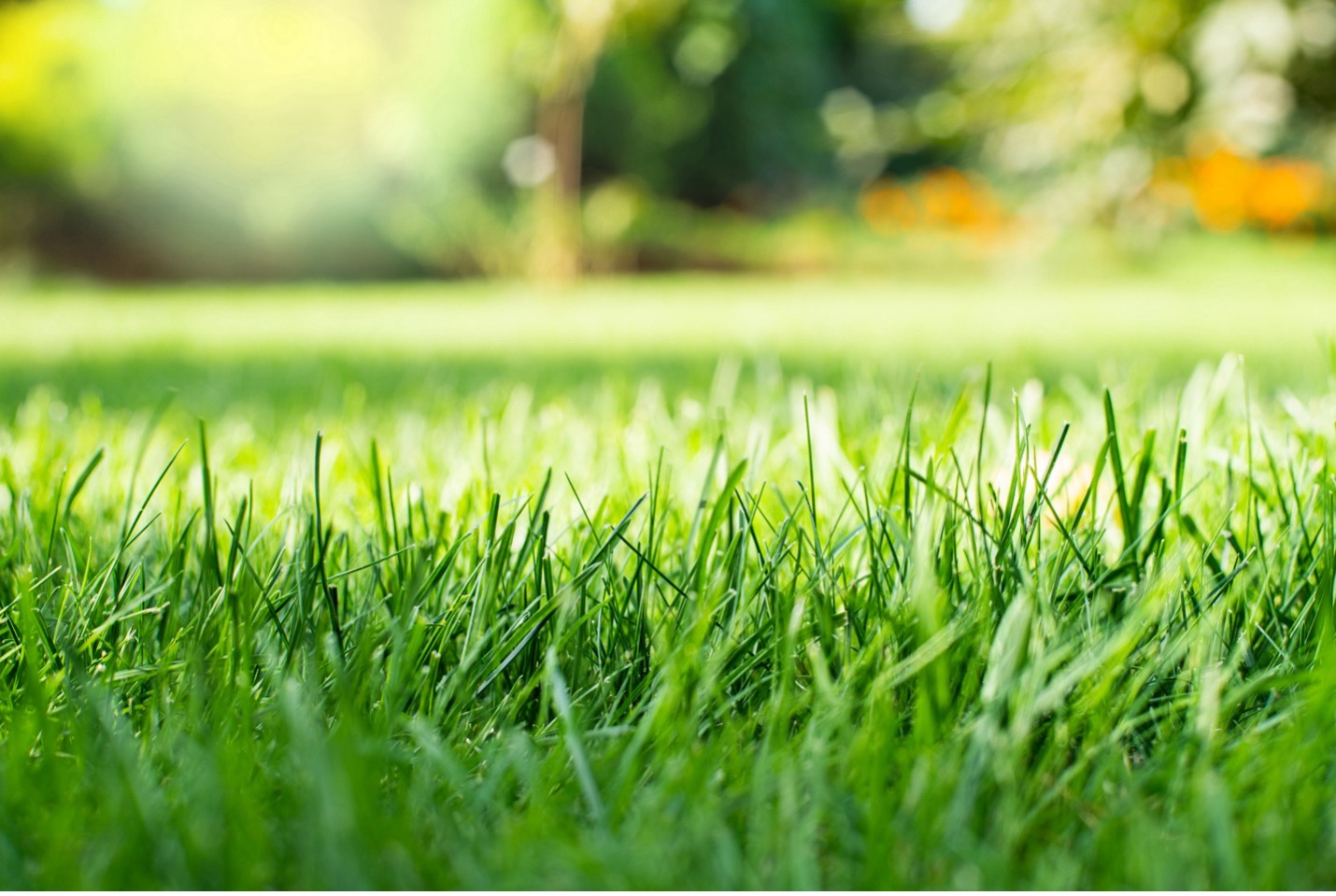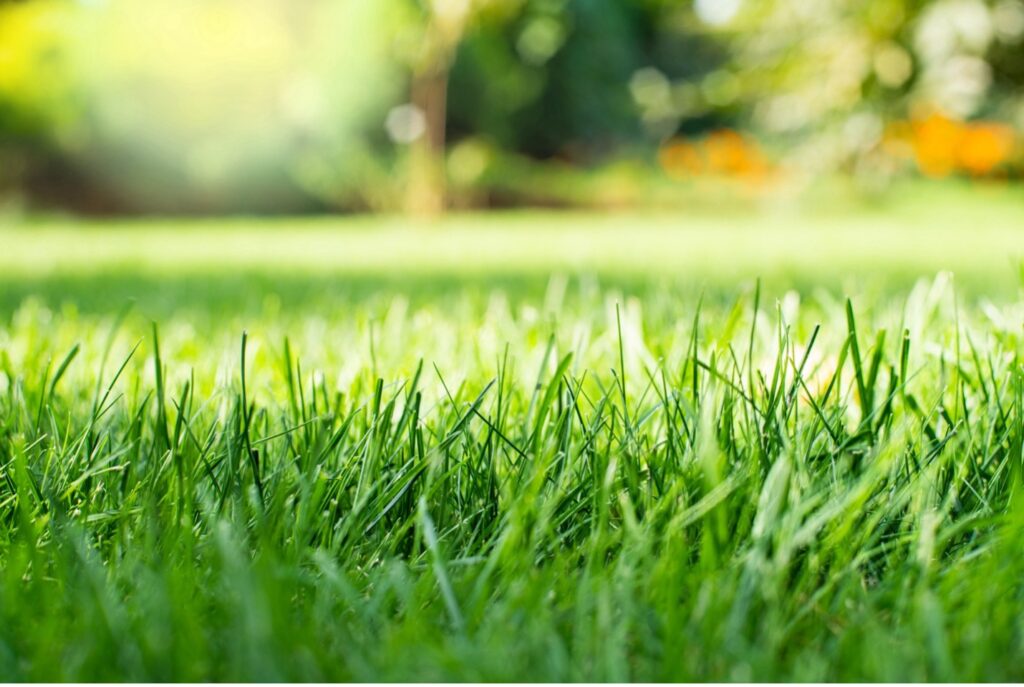As the last remnants of winter melt away, you stand in your muddy backyard, staring at the patchy, clay-loam soil that has been stubbornly clinging to your lawn. Meanwhile, your neighbors’ lawns are lush and green, almost taunting you with their perfection. You can feel a wave of frustration wash over you — why does it seem so easy for them? The guilt creeps in as you wonder if you’ve neglected your yard too long.
But this season, let’s turn that frustration into pride. Together, we can bring your lawn back to life, transforming it into a vibrant oasis for you and your family to enjoy.

Cincinnati Lawns Have It Tough — Here’s What’s Really Going On Beneath the Surface
Cincinnati and Northern Kentucky are blessed with beautiful rolling hills and picturesque landscapes, but these features also present unique challenges for homeowners when it comes to lawn care. Our clay-loam soil, while rich in nutrients, can become compacted easily, inhibiting water and air from reaching the roots of your grass.
Add in the battle against relentless crabgrass, fungal outbreaks, and unpredictable weather patterns, and it’s no wonder many homeowners feel overwhelmed.
“I always thought I was doing everything right, but my lawn just wouldn’t cooperate. I felt like I was fighting a losing battle,” shared local homeowner Lisa. Her story is all too familiar: a cycle of trial and error with DIY methods that often fell short of expectations.
Let’s be honest — typical lawn care solutions you find online can miss the mark, especially when they don’t take into account our specific soil types, slopes, and local climate.
Spring Lawn Care Solutions for Cincinnati & Northern KY Lawns
So, what can you do to revitalize your lawn this spring? Here’s a step-by-step framework tailored to tackle the challenges of our region:
1. Rake Up Winter Debris
Kick things off by raking up those stubborn winter leaves and debris. This step prepares your lawn for the care it deserves.
2. Test Your Soil
Next, grab a soil testing kit to check your pH levels. Knowing your soil health is crucial. If your soil is too acidic or alkaline, you’ll need to adjust it before applying fertilizers.
3. Aerate Compacted Areas
Once your soil is tested, identify any compacted spots, especially in areas that see heavy foot traffic. Aerating these spots in the spring will allow water and nutrients to penetrate deeper.
4. Overseed
After aeration, it’s time to overseed. Choose a grass variety that thrives in our climate, like Kentucky Bluegrass or Tall Fescue. This will fill in bare patches and promote a lush, green lawn.
5. Fertilize Seasonally
Finally, apply a seasonal fertilizer that’s appropriate for your soil type. This will give your newly seeded grass the boost it needs to thrive.
A Cincinnati Family’s Lawn Makeover Story
Take the Johnson family, for example. They were once embarrassed by their patchy lawn, a far cry from the lush green expanse they envisioned for summer barbecues and family gatherings.
After struggling with weeds and bare spots, they decided to take action. They followed the steps above, starting with a thorough raking and testing their soil. They learned about aeration and overseeding and ultimately transformed their yard into a beautiful space where they now enjoy grilling out on warm evenings, welcoming friends and neighbors who marvel at their lawn’s transformation.
Through their journey, they faced seasonal challenges, from spring rains that washed away their efforts to hot summer days that demanded diligent watering. Yet, with each step, they learned valuable lessons about the local conditions and how to adapt their care routine accordingly.

Your Seasonal Cincinnati & Northern KY Roadmap
To help you stay on track, here’s a month-by-month roadmap for maintaining your lawn this year:
Spring (March – May)
- March: Rake up debris and test your soil.
- April: Aerate and overseed, fertilize with a spring blend.
- May: Monitor for crabgrass and apply pre-emergent herbicide if necessary.
Summer (June – August)
- June: Water deeply but infrequently; focus on early morning hours.
- July: Keep an eye out for fungal issues and adjust watering as needed. Apply summer fertilizer.
- August: Prepare for fall by noting areas that need overseeding.
Fall (September – November)
- September: Aerate again and overseed. Apply a fall fertilizer to prepare for winter.
- October: Keep mowing until the grass stops growing and prepare for winter by cleaning up leaves.
- November: Mulch leaves rather than raking them up; this provides nutrients to the soil.
Winter (December – February)
- December: Protect vulnerable areas with mulch or blankets if severe weather is predicted.
- January: Review your lawn care plan and set goals for the next year.
- February: Start planning your spring tasks and consider professional help if needed.
Throughout the year, consider joining our VitaminLawn® Program, which offers tailored solutions and expert guidance to help you achieve the lawn of your dreams.
Stop Settling for Average — Give Your Lawn the Care It Deserves
This spring, don’t let the rolling hills and crabgrass win. Instead, let’s turn your yard into a point of pride for your family and neighborhood.
Call Lawn Squad® at 513-715-6200 or ask about our VitaminLawn® Program today — it’s time for your lawn to finally fight back and flourish!





